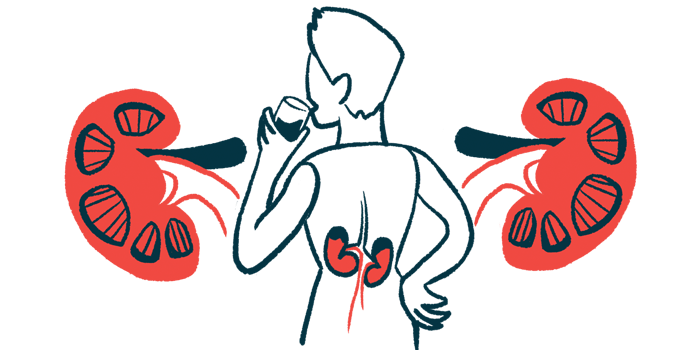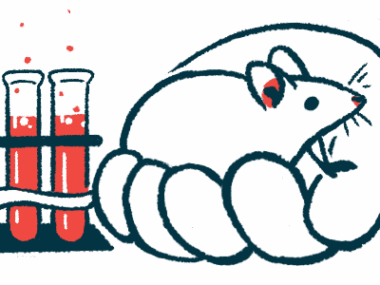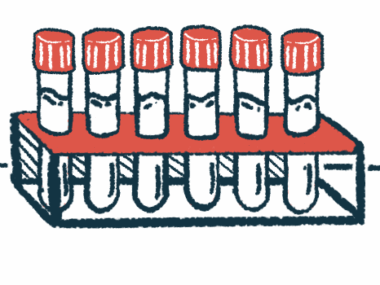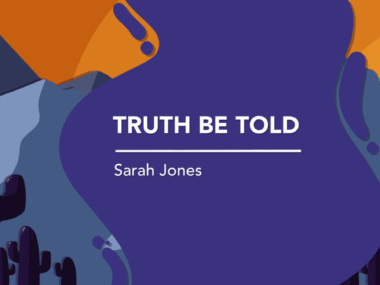AAV therapy Tavneos effective in patients with kidney involvement
Treatment at least as effective as prednisone, analyses show
Written by |

ANCA-associated vasculitis (AAV) therapy Tavneos (avacopan) is at least as effective as the glucocorticoid prednisone at inducing disease remission, reducing relapse rates, and improving kidney function and quality of life in patients with kidney involvement at treatment start.
That’s according to new subgroup analyses from the Phase 3 ADVOCATE clinical trial (NCT02994927), which ultimately show overall similar efficacy to that reported for Tavneos in the whole trial population.
Patients on Tavneos were also able to reduce their dose of glucocorticoids, a standard AAV treatment that is associated with serious side effects when given at high doses or with prolonged use.
The findings were described in the study, “Treatment with avacopan in ANCA-associated vasculitis with kidney involvement,” published in Kidney International Reports. Two of the study’s authors work at Amgen, which sponsored ADVOCATE and markets Tavneos in the U.S.
AAV is a group of autoimmune disease marked by inflammation and damage in small blood vessels, most commonly those in the kidneys and lungs. Self-targeting antibodies called ANCAs typically cause this damaging inflammation, with the involvement of the complement system, a part of the immune system.
AAV therapy and kidney involvement
Tavneos is an oral therapy approved as an add-on to standard induction treatment, including glucocorticoids, in adults with severe active granulomatosis with polyangiitis (GPA) or microscopic polyangiitis (MPA), the most common types of AAV.
The medication is designed to suppress complement system activation by preventing the interaction between C5a, a complement protein, and its receptor protein C5aR on immune cells and cells lining blood vessels. This may limit the accumulation of inflammatory signals and cells near small blood vessels.
Regulatory approvals of Tavneos were based largely on results from the Phase 3 ADVOCATE study, which tested the therapy against a high prednisone dose in 330 GPA and MPA patients on standard immunosuppressive treatment.
Data showed that one year of Tavneos was better than prednisone at inducing long-term remission and improving kidney function and quality of life, while also helping to reduce glucocorticoid use.
While “the severity of kidney disease is a key factor in the long-term outcomes of patients with GPA/MPA,” the researchers wrote, analyses of ADVOCATE so far have not focused specifically on participants with kidney involvement at baseline, or study’s start.
With this in mind, the team analyzed overall and kidney-specific outcomes in this subgroup of patients, which involved 268 people and represented 81.2% of all ADVOCATE participants. Half received Tavneos, while the other half were on prednisone.
“Most baseline clinical characteristics of the subgroup were similar between the two treatment groups … and did not differ from those of the entire ADVOCATE study population,” the researchers wrote.
Participants’ mean age was 61.5, more than half had MPA, and nearly three-quarters were newly diagnosed with AAV. They had a lower-than-normal men glomerular filtration rate (eGFR), a measure of kidney function, indicating kidney problems.
Tavneos was associated with greater remission rates than prednisone after six months (73.9% vs. 70.9%) and one year (67.9% vs. 56.7%), but these differences failed to reach statistical significance.
A lower proportion of patients in the Tavneos group showed active kidney manifestations at six months and one year relative to those on prednisone.
Tavneos-treated patients also showed significantly lower relapse rates after remission than those in the prednisone group (9.4% vs. 20.9%), reflecting a 57% reduction in relapse risk.
Risk of kidney disease relapse was also significantly reduced, by 46%, in the Tavneos group. Kidney function, quantified by eGFR values, improved in both groups over the treatment period, but a larger increase occurred in the group treated with Tavneos after one year (mean increase of 7.3 vs. 4.1 mL/min/1.73 m2).
Researchers call for more study
The team also looked at two signs of kidney dysfunction in the urine: the presence of blood (hematuria) and the presence of a protein called albumin (albuminuria). Treatment with Tavneos was associated with a faster recovery from these symptoms when they were present at study’s start.
Total glucocorticoid use over the study was lower in the Tavneos group, which resulted in a lower glucocorticoid-induced toxicity at six months, as assessed with two validated measures.
People treated with Tavneos also showed greater improvements in health-related quality of life than those on prednisone, but differences at one year did not reach statistical significance.
While rates of serious side effects were similar between the Tavneos and prednisone groups (45.5% vs. 48.5%), total number of serious adverse events was lower among those given Tavneos (104 vs. 148).
These results indicate that for participants with kidney involvement at study’s start, Tavneos had similar safety and efficacy as it did for all ADVOCATE participants.
Still, “longer follow-up is required to more fully understand the benefits and risks of the use of [Tavneos] therapy for GPA or MPA,” the team wrote.







